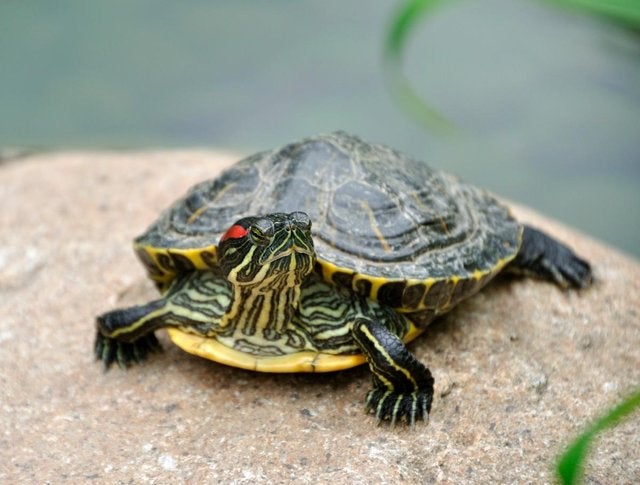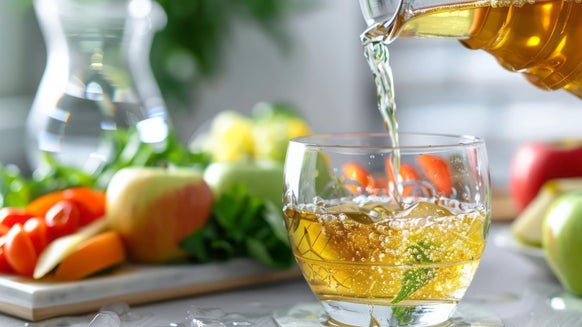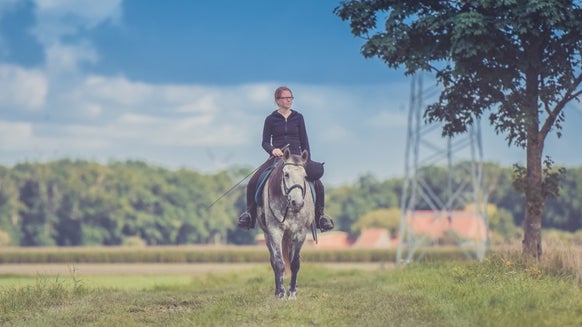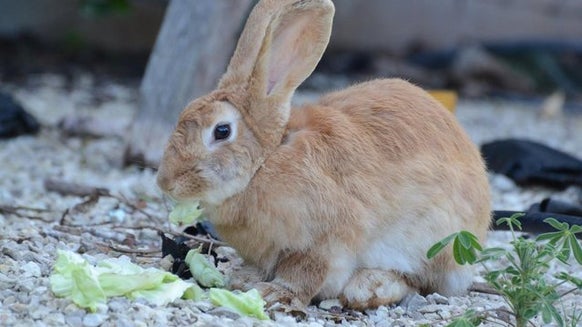Terrapin Care Sheet

Terrapins require specialist care to meet their complex welfare needs. If you are still interested in having a terrapin as a pet after reading this basic guide, you should do as much research as possible before getting a terrapin.
Species

Terrapins are a type of freshwater turtle. Terrapins are semi-aquatic cold-blooded Reptiles meaning that they need access to deep water for swimming, and land and rocks for basking in the sun during the day. Some of the most popular terrapins for pets in the UK include the yellow-bellied terrapin (Trachemys scripta scripta), map turtle (Graptemys sp.) and cooters (Pseudemys sp). Red-eared terrapins (Trachemys scripta elegans) are not widely available in the UK as the result of an importation ban due to the threat on native wildlife if released.
Terrapins can live for as long as 30-40 years in captivity so you should be sure of your commitment to them as a pet before your purchase. Females will grow much larger than males
Terrapins can often be found in need of new homes so check with your local herpetological society or RSPCA centre if they have any terrapins available for rehoming.
Housing
The best type of housing for a terrapin would be a secure outdoor pond and land area both with heating and lighting. Ponds must be deep if terrapins are to be housed outside year round to escape cold surface temperatures to enable them to hibernate. If you cannot provide enough warmth and shelter they should be bought inside during the winter. They will need lots of shelter and places to retreat to escape from the sun. The pool also needs to have a slope or ramp to allow the terrapins to climb out of the pool.
Indoor options include a specialist terrapin tub that is a large open top tub with both room for water and a dry area for basking. Terrapins need to be able to fully submerge in water and swim freely without touching the sides or bottom of the pool. It is important that there is an area of dry land large enough for the terrapin to fully clear the water to help prevent fungal infections. The land area should be large enough that they can also choose cooler areas away from the basking lamp and be accessible via a ramp from the water. The land area in any enclosure should include plants, rocks and logs to allow your terrapin to hide and rest.
If you have an indoor habitat for your terrapin ensure that there is sufficient ventilation to prevent health problems and that it is kept away from draughts and out of direct sunlight.
Terrapins are very good at escaping, especially through climbing and digging, so whether they are kept inside or outside you need to make sure that their enclosure is escape-proof. Remember to also ensure that other animals cannot get in the enclosure, including potential predators such as herons.
Water
You will need to have a good filtration system for your terrapin’s water as they produce a lot of waste. Weekly water changes are also necessary of about 20% of the water, you will need to do 50-75% water changes every 2-3 weeks.
Water testing kits are also useful to identify if waste levels are high in which case you would need to change more of the water. Overfeeding is one of the main contributors to poor water quality so ensure that all uneaten food is removed. If the water quality does not improve then a stronger filtration system is likely to be needed. The water will need heating (ensure that this has a guard to protect it from the terrapin and thermostat) to about 23 degrees Celsius. This should be checked daily. An Earth Leakage Circuit Breaker (ELCB) is also a good idea to prevent an electric shock from any fault in the electrical applications.
Substrates
Fine sand or aquatic soil should be used on the bottom of the tank/pond. Terrapins can eat small stones, which, in rare cases can cause a blockage and impaction. The land area should be a mix of soil and stones (ensuring that they are large enough for the terrapin not to eat).
Light and Heat
Terrapins also need access to specialist UV lights (including UVB and UVA). This is critical to their health as it allows them to produce vitamin D3 vital for calcium absorption. UVA light also allows them to see in full colour. Along with the basking lamp, turn the UV light off at night to simulate night-time. This can be achieved using a timer switch.
UVB output decreases over time so the bulb must be replaced regularly according to the manufacturers instructions. Glass also blocks UVB from the sun’s rays so positioning an indoor enclosure near a sunny window is not sufficient.
Environmental heat is necessary for terrapins, and all reptiles, as it is how they regulate their temperature. Different parts of the terrapin’s enclosure should have different temperatures to enable the terrapin to choose what temperature is best for it at any given time. A basking area with a higher temperature is needed to enable it to heat up, and cooler areas for it to go to when needed.
The basking area should allow the terrapin to heat up its whole body, be accessible via a ramp from the water, and on dry land. The basking area should maintain a temperature of 30-32 degrees Celsius during the day; it can be turned off at night. Use a digital thermometer to check this daily.
Remember to ensure that the terrapin cannot reach the heater or lamp as these could cause burns if the terrapin touches it.
Enrichment
Like all animals, terrapins need things to keep them stimulated and enable them to practice normal behaviours. Enrichment helps to prevent behavioural problems and keeps them healthy. Barren tanks may make cleaning easier, but are not best for your terrapin. Terrapins are naturally very active animals so will require lots of opportunities to practise natural behaviours.
You can add enrichment such as rocks, tunnels and plants at the bottom of the pool to give them places to investigate and hide between and floating cork ponds or plants on the surface for hiding. You can make floating platforms and place the food on these so it is more of a challenge to access, make the land area interesting with dirt, plants and rocks as well as the open basking area – you may also find that they like to dig up worms. Terrapins also love toys that float, such as ping-pong balls or rubber ducks.
Diet
Terrapins require a varied diet. In the wild they would eat fish, amphibians, rodents, birds, eggs and many types of plants. In captivity foods to replicate this include whole prawns, white fish, mackerel, cuttle fish for calcium, pondweed, watercress, lettuce, tomatoes or specialist terrapin food. Variety is key to good health; so don’t rely solely on dried terrapin food. Ensure any fish is thoroughly defrosted before feeding it to your terrapins.
You must research safe foods for your terrapin as thiamine poisoning can occur if a terrapin is fed too much seafood such as mussels or tuna. Terrapins enjoy meat but too much protein can lead to long-term health problems. It is illegal in the UK to feed live vertebrates (animals with a backbone) to other animals so live fish should not be fed.
Providing the wrong diet can cause severe problems with their shell, weight problems, or digestive tract troubles. It is important not to overfeed terrapins and any food not eaten should be removed from the water using a net. You should weigh your terrapin regularly to ensure that it is the correct weight as terrapins are prone to obesity. Adults are usually fed every other day.
Vitamin D3 and calcium are of particular importance for terrapins so it is critical that they have access to these through their diet and UV lighting. Vitamin and mineral supplements can be provided to terrapins by sprinkling it over the food, always following the manufacturers recommendations to ensure the correct dose.
The exact diet necessary will depend on your particular terrapin species so be prepared to research this before homing a terrapin.
Social
You can keep more than one terrapin if you wish but you need to ensure that you have at least one basking spot for every terrapin that you house and suitable accommodation. It is important not to overcrowd your terrapin as they can become aggressive towards each other if they have to compete for resources such as space or food.
If you have a female terrapin it is important to offer an area with deep (around 30cm) soil or sand for them to dig in and lay eggs, even if no male is present. Without this opportunity females can suffer from egg binding.
It is best not to mix species of terrapins together as the larger species can outcompete smaller, or less aggressive species.
Hibernation
If you keep your adult terrapin outdoors, and you have the correct pond set up, they can stay out year round and be allowed to hibernate. It is critical, however, that you have a deep pond, and that you check the water temperature daily to ensure that it does not drop below 4 degrees Celsius. Shallow ponds are not sufficient to protect your terrapin from frost. Before hibernating your terrapin you must seek expert advise as it must be done correctly or it can be fatal for your terrapin.
Young
Hatchlings grow very quickly and should be housed in large indoor tanks initially. The water needs to be slightly warmer than for adults, at about 25 degrees Celsius. Young terrapins need to be fed daily and eat more meat (worms, snails, prawns, white fish, crickets etc) than adults, but still require a mixed diet.
Bringing home your terrapin

You should set up your enclosure ideally two weeks before bringing home your terrapin to allow the water to come to temperature and the filter system to start working. Allow your new terrapin to come out from its transport cage onto the basking area and leave it alone overnight to adjust to its new surroundings.
Terrapins do not always enjoy handling, but you can make it less stressful for them by getting them used to it for health checks or moving while cleaning. Always pick your terrapin up at the sides of the shell so that it can’t bite you.
Health
Terrapins are exotic pets and require specialist expert knowledge in their treatment. You should look for a good reptile vet in your area before purchasing a tortoise. If in doubt, ask at your local small animal vet practice or local herpetological society.
Terrapins can suffer with eye problems, often associated with poor water quality or vitamin A deficiency. Terrapins can also have internal parasites and mouth rot. It is normal and natural for terrapins to shed their skin on their legs and neck, as well as the plates on their shell. This is only a concern if it happens constantly or the terrapin has sores.
Metabolic bone disorder (MBD) is one of the most common, and serious, issues seen in captive reptiles, including terrapins, as a result of nutritional imbalances, especially vitamin D3. Signs of MBD include swellings around the mouth and eyes and soft shells. It is vital that the correct lighting and exposure to UV be working at all times.
Hygiene
Reptiles can carry Salmonella. Good hygiene practice is important, especially for children, so wash your hands before and after handling terrapins and their enclosures, have somewhere to wash a terrapin’s food dish that is separate to human dishes (i.e. not the kitchen sink), and do not let terrapins roam freely around the house.
Remember terrapins can bite so always be careful when handling your terrapin.
For further reading the Tortoise Trust has some excellent information.
The Raystede Centre for Animal Welfare rescue, rehome and provide sanctuary for more than 2,000 animals each year. You can find more about the organisation and the work they do on their website: http://www.raystede.org.







